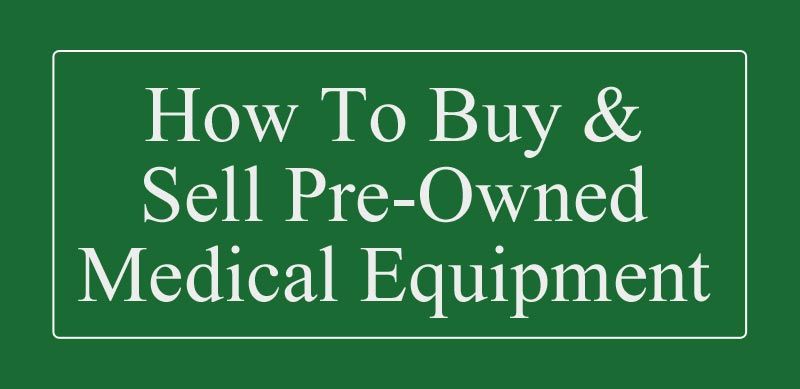
Following is a Guest Post from Patrick Kelly the CEO of BioMed. He prepared a checklist I thought would be of interest to our medical practices.
In a perfect world, there would be no limit to the care doctors and physicians could provide. Yet the unfortunate reality is, health care providers need to be just as concerned with their financial health as they are with the well-being of their patients.
Fortunately, doctors and medical facilities can find a way to care for both through the secondary equipment market. When buying or selling used devices and fixtures, these providers can save money on their operating costs. At the same time, they also can continue to provide high-quality care to their patients.
In many or perhaps even most cases, the quality of pre-owned equipment is comparable to new products. As long as buyers and sellers know what they are doing, used medical equipment can be just as effective for providers as brand-new devices while also being cost-effective.
Understandably, the process of buying or selling pre-owned medical equipment is more complicated than it would be for a used car. Both buyers and sellers must be aware of how to go about it to help ensure the best results for everyone.
The accompanying checklist provides anyone looking to buy or sell medical equipment on the secondary market with some useful tips. When done with care, these types of transactions can be beneficial for hospitals, health care providers and patients.




